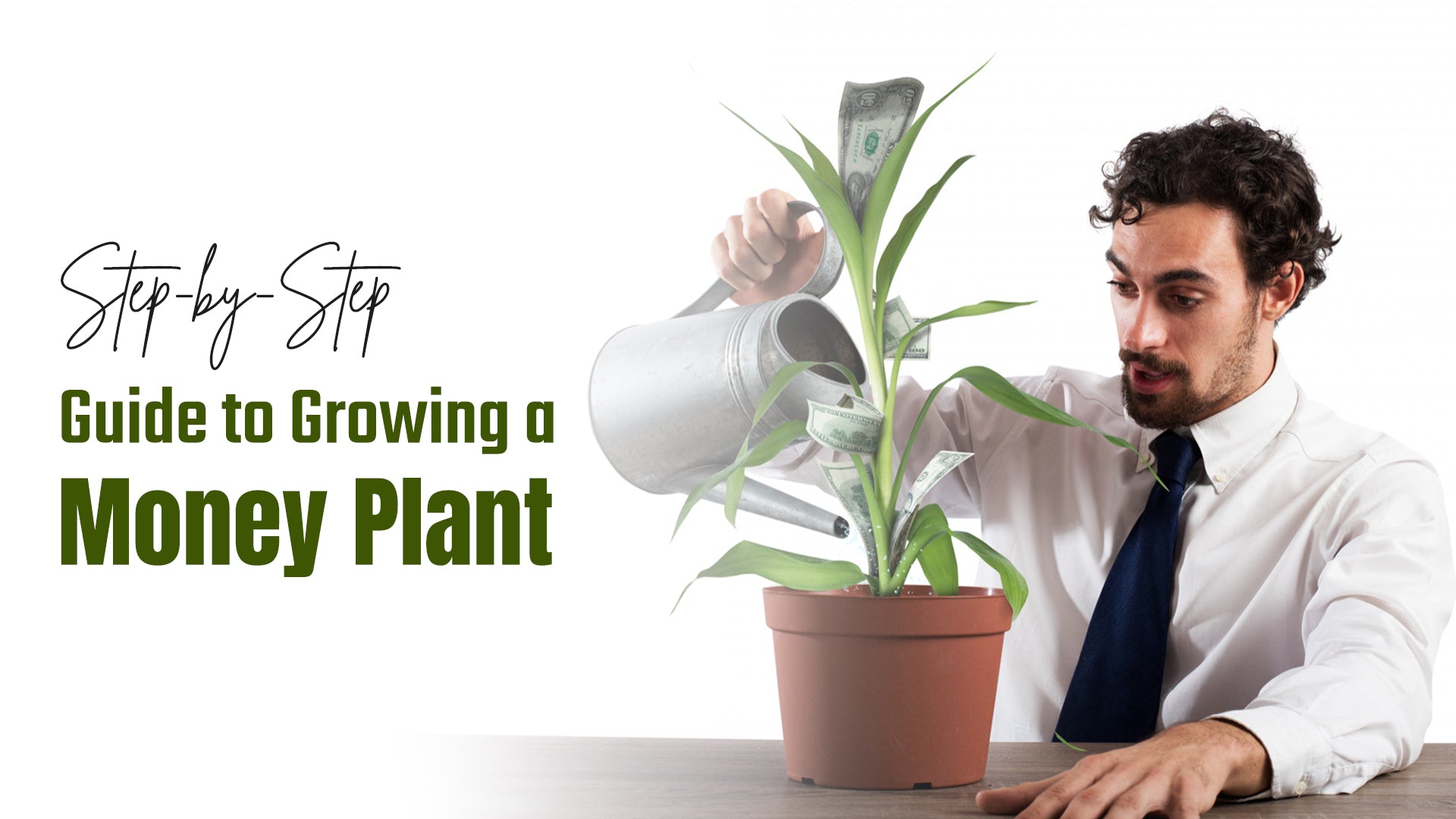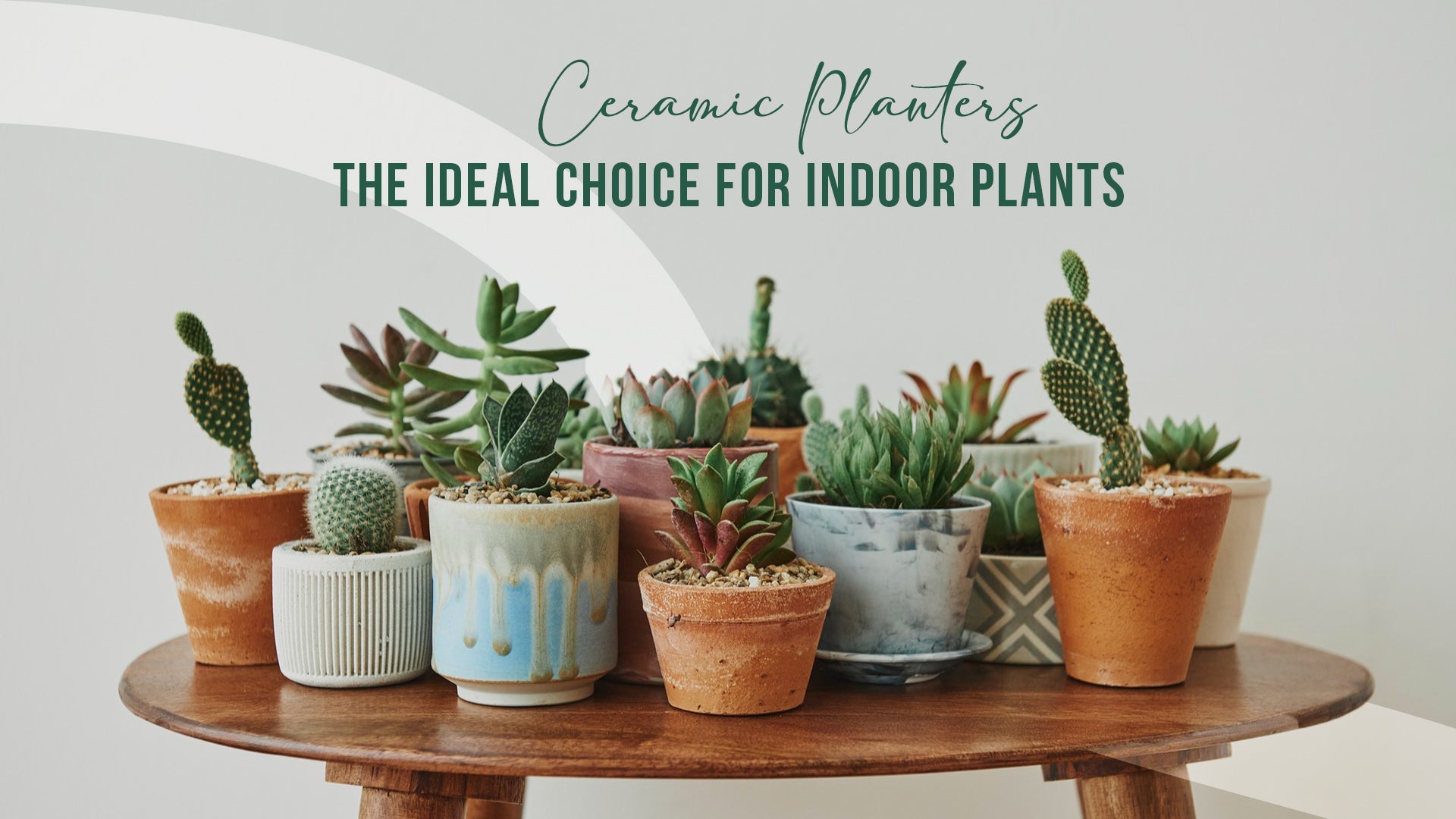
Reasons for Choosing Plastic Pots for Your Garden
One of the most common flower pots used by gardeners within the house, as well as the classically designed shelves, is the plastic pot. Sure, some can say that plastic pots shies away from natural gardening and indoors, but there are many reasons why one can opt for plastic pots for planting purposes. This article will examine the pros and cons of having plastic pots for planting as well as considerations on which kind to buy for your plants.
Benefits of Plastic Pots for Planting
- Strength
The most apparent advantage of using plastic pots is their strength. Plastic flower pots are resistant to dents, breakage, or color fading, thus giving you the service over a long period. However, plastic pots can go a long way even if they have been abused, such as in weather and surroundings where terracotta pots may become brittle over time, unlike in this case.
- Portability
Plastic pots are much lighter in weight compared to other materials like ceramic or concrete. This allows for easy use and movement, be it while planting a new garden or shifting the indoor plants from the ones used outdoors. Due to translation, moving or bringing plants from a room to rooftops, balconies, patios, or even a greenhouse, which would also require precious packing and unpacking of these flower pots, is also aided by their relatively low weight.
- Portability
Moving on to their portability, which also comes as an added strength, especially in the case of plastic pots. This is because they can be carried about, which gives room for seeking new forms for the plants and new styles of the garden. This is true whether one is just establishing the garden or wants to change a few things in the current one.
- Cost-effectiveness
They are considerably cheaper than other pots and thus can allow even the smallest financial budget for garden pots to go further. Using plastic pots for planting to discuss the advantages of gardening is especially important when you are just starting a new year and need lots of pots. Given that they are less expensive pots, then one can spend more money on the plants and other paraphernalia necessary for gardening.
- Variety of Sizes and Shapes
One of the benefits of plastic pots for planting is that they are available in many designs and come in a number of sizes and features, so any plant will find the ideal pot. Whether growing a plastic herb garden or a gigantic tree, there is a plastic pot for everyone. Being a part of the same options allows for designing impressive-looking showcases in gardens that epitomize individual taste.
- Drainage
In drainage, plastic pots are manufactured to contain some drainage features that are very important during the growth of the plants. There are drainage holes in the plastic pots, that allow water, which might have been excessively absorbed, to ooze out, thus preventing root rotting and other diseases. This is critical for houseplants since they tend to get less soil, and it is sufficient to provide better drainage to avoid too much watering.
- Root Control
Plastic pots can also assist with the control of the roots. The plastic pots have a rigid surface, which restricts the rooting motion from spiraling out of control, making it convenient to move places around and cut back plants. This is very helpful to plant management, especially for plants that can be invasive or grow too much within the same pot.
Disadvantages of Plastic Pots for Planting
- Environmental Impact
Environmental degradation is the major drawback of plastic pots for planting. They can be recycled, but they still pose an environmental degradation problem when disposed of improperly. Also, making plastic gardening pots consumes energy and raw materials, which contributes to environmental pollution.
- Temperature Sensitivity
The sensitivity of plastic house planters to temperature changes. In instances of extreme heat and/or cold, plastic pots may bend and fracture. This could be a disadvantage for outdoor plants that weather harsh climatic conditions. However, there are measures that can be undertaken to avoid such situations for plastic outdoor planter pots, including storage indoors during extreme weather or applying pot covers.
- Lack of Insulation
It is also possible that plastic outdoor planter pots with plants may not provide an insulating barrier sufficient against extreme weather. Such extreme temperatures may be disastrous for frost-sensitive and heat sensitive plants. For people who experience lots of extreme weather, you might have to think of getting pot covers that are insulated. Alternatively, plant them out of the weather.
What Kind of Plastic Pot Should You Use
When using plastic outdoor planter pots for your gardening requirements, you need to pay attention to the following plastic pot attributes:
- Plant Size
In the case of the use of a pot, it should be proportional to the large size to be attained by the plant. A smaller size pot can limit root development, leading to insufficiency of nutrients; similarly, a larger size pot can be water logged thus promoting rot in the roots of the plant.
- Drainage Holes
The very first thing you need to do is to make sure that the pot has drainage holes. That means the water that is not usable can pour out of the pot. You can even drill all the outdoor planter pots with drainage holes.
- Material Quality
Make sure that you purchase a good quality plastic pot that is quite thick to prevent any breakage. Do not use some cheap thin, or flimsy house planters that are prone.
There are plenty more other benefits of plastic pots to the gardeners such as easy handling due to light weight, being solid and strong, being economical, having many shapes and sizes, good drainage with root confinement, etc. We also look at the disadvantages, including the environmental issues caused by the use of plastic pots.
Frequently Asked Questions
1.Why use plastic pots for plants?
Plastic pots provide various advantages in terms of growing plants. They are lightweight, safe, and cheap. Furthermore, they also have good drainage systems and can be easily relocated. In addition, plastic pots come in many various types and sizes to accommodate different plants.
2.Is it good to grow plants in plastic containers?
Yes, it is most appropriate to grow plants in plastic pots. There are many reasons why gardeners like using plastic pots which are light and long-lasting. Nonetheless, one has to be very careful with the size of the pot and ensure there is enough drainage system in order to avoid root suffocation.
3.Is it OK to put plants in plastic pots?
Yes, plastic pots for planting are safe for plants. However, certain plants might make use of pot made from terracotta or ceramic because it allows for evaporation through the soil. It would be prudent to investigate such issues before deciding on the material of the pots.
4.Are plastic plant pots good for the environment?
Considering the plastic pots are of high quality and reusable, disadvantages against them include the use of plastic pots in a wasteful way. Likewise, the stretching of s plastic is helpful as well, since plastic production consumes some energy and resources. However, this has no effect on plants in any way because one can recycle plastic pots and use recycled plastic.
5.What plastic is used for plant pots?
The most common types of plastic used for plant pots are polypropylene (PP) and polyethylene (PE). These plastics can withstand harsh weather conditions and do not weigh much. In order to be environmentally friendly, certain companies may even go as far as to incorporate some plastics made of used materials.







